If you are like most small businesses, when you buy a new piece of IT equipment, you might do some configuration on it, and then put it in use, and you’re done. You let it do its thing until it breaks. If you’re a very small shop, that might be good enough, as the overhead of doing more may outweigh the costs. However, if you are not very small, you may be costing yourself by not adding monitoring to your technology services.
Why? Two reasons. First, as you grow, the cost of each hour of downtime goes up. If you have 20 employees, and the average cost of employee is $50/hour (wages, employer taxes, benefits, facilities, equipment, PTO allocation, etc.) it costs you $1,000/hour for downtime – or about $6/minute. If you have 100 employees, you’re looking at $5,000 per hour. If it is a failed switch, you might be able to run down to Fry’s and get a replacement in a couple hours. If it is a mission critical server, then you may be looking at a day or two (or more, depending on backups). Therefore, the costs can add up quickly.
Second, most equipment will give you abundant warning that it is going to have problems if you just listen via monitoring. Besides the normal email and text notifications you can setup, most network equipment also supports a mechanism called SNMP that gives much finer grain information about the device and when something is out of kilter.
By monitoring that data, the equipment will typically warn you well ahead of time that it needs help. Of course, once you know that, you can schedule repair or replacement of the device during off-hours so there are no downtime costs.
However, monitoring gives you more capabilities than just helping you avoid downtime due to hardware failures. You can also use monitoring to help you detect software threats, such as early warning of a Ransomware outbreak – which, if noticed early enough, will allow you to stop the process before critical data is affected. Likewise, it can tell you if your storage is nearly full, allowing you to add space before you run out. Similarly, it can tell you if your firmware or software is out of date and a security risk.
Moreover, if you take your monitoring to the next level, you can also use it to detect utilization (and over-utilization) of equipment and services. For example, say you have a high-end engineer that costs you around $150/hr with overhead. You can use monitoring to see if his computer is bottlenecked on CPU, Memory, Network, etc. Considering this employee is costing you around $300,000 per year, wouldn’t you like to know if you could spend $700 to make him 20% more productive?
The actual cost of monitoring can be relatively small, although it can vary considerably. If you have internal staff who can decipher important from unimportant notices, you can buy on-premise or SaaS software to monitor your systems. The pricing is usually sold in per “sensor” (i.e. monitor) or device. You’ll want to look closely at what you are monitoring to decide between the two. In general, simple devices like printers are much cheaper on a “sensor” basis, whereas complex items like switches are cheaper on a per-device basis. If you are a typical network and you want to monitor across the board, the two will probably washout and the end-pricing will be about the same. Of course, there can be substantial differences between monthly SaaS pricing, and mostly up-front On-Premise pricing.
You should also look at what other features you want included in your monitoring software. Some monitoring software packages will also include a mapping tool that will build a digital map of the logical relationship and connections between your devices. Likewise, some will automatically save configurations of your devices – essentially backups of your switches, routers, printers, firewalls, etc. This last feature can be a real lifesaver if you have a switch or firewall that fails and you need to restore the configuration that was running on it.
If you don’t have internal staff who can “read” the monitoring notifications, you can also hire an IT Services company to do this for you. Some IT firms will sell monitoring services by themselves, and just notify you if they notice a significant alert. Other firms will bundle this in with a more comprehensive set of services.
In the end, you need to look at what is the best fit for your business. If you have 3 employees, it is probably not worth worrying about; but if you have 30 you might be missing some low hanging fruit on how to reduce downtime, strengthen security and increase productivity.

